Overcoming Content Stagnation: Revolutionizing B2B Content Strategy with AI

Keeping content libraries fresh and engaging in B2B marketing is a necessity. The challenge, however, lies in the constant demand for new material and the limited resources at most marketing teams' disposal. That's why more and more teams are starting to turn to generative AI tools as a solution that not only breathes new life into existing assets but also revolutionizes the content repurposing process at scale.
Transforming Libraries with Generative AI
One of the primary reasons generative AI is so well suited to help marketing teams combat content stagnation, is its ability to transform old, pre-existing content. A prime example of its impact can be seen with Avanan, a cybersecurity firm that struggled with the consistent generation of relevant content. By recently integrating generative AI tools into their content strategy, Avanan managed to leverage its extensive repository of past content to create fresh, new assets. The result has been a dramatic increase in email open rates, from a modest 17.3% to an impressive 54.8%.
Strategic Recommendations for Keeping Content Fresh
The positive effects of content repurposing and its resulting relevant content are clear. Here are some ways you can keep your own content fresh and engaging:
1. Audit Existing Assets: Start by taking stock of your current content assets. Even those that might seem outdated can be transformed into fresh, relevant pieces.
2. Leverage AI for Efficiency: Certain generative ai tools can ingest existing materials and repurpose them into a variety of formats, tailored for different channels and campaigns, significantly cutting down on content generation time.
3. Personalize at Scale: Use AI to create personalized experiences. From emails to landing pages, customizing content for specific audiences increases engagement and conversion rates.
4. Foster Continuous Innovation: Lastly, stay open to the evolving landscape of generative AI and its applications in marketing. Staying on top of technological advances ensures that your content strategy remains on the cutting edge.
With the strategic application of generative AI technologies, B2B marketers can not only refresh their existing content libraries but also scale their content creation efforts efficiently. Embracing these tools is a strategic imperative for staying relevant and engaged with your audience and preventing against content stagnation.
Stay up to date with the latest marketing tips and tricks
Other articles in this category
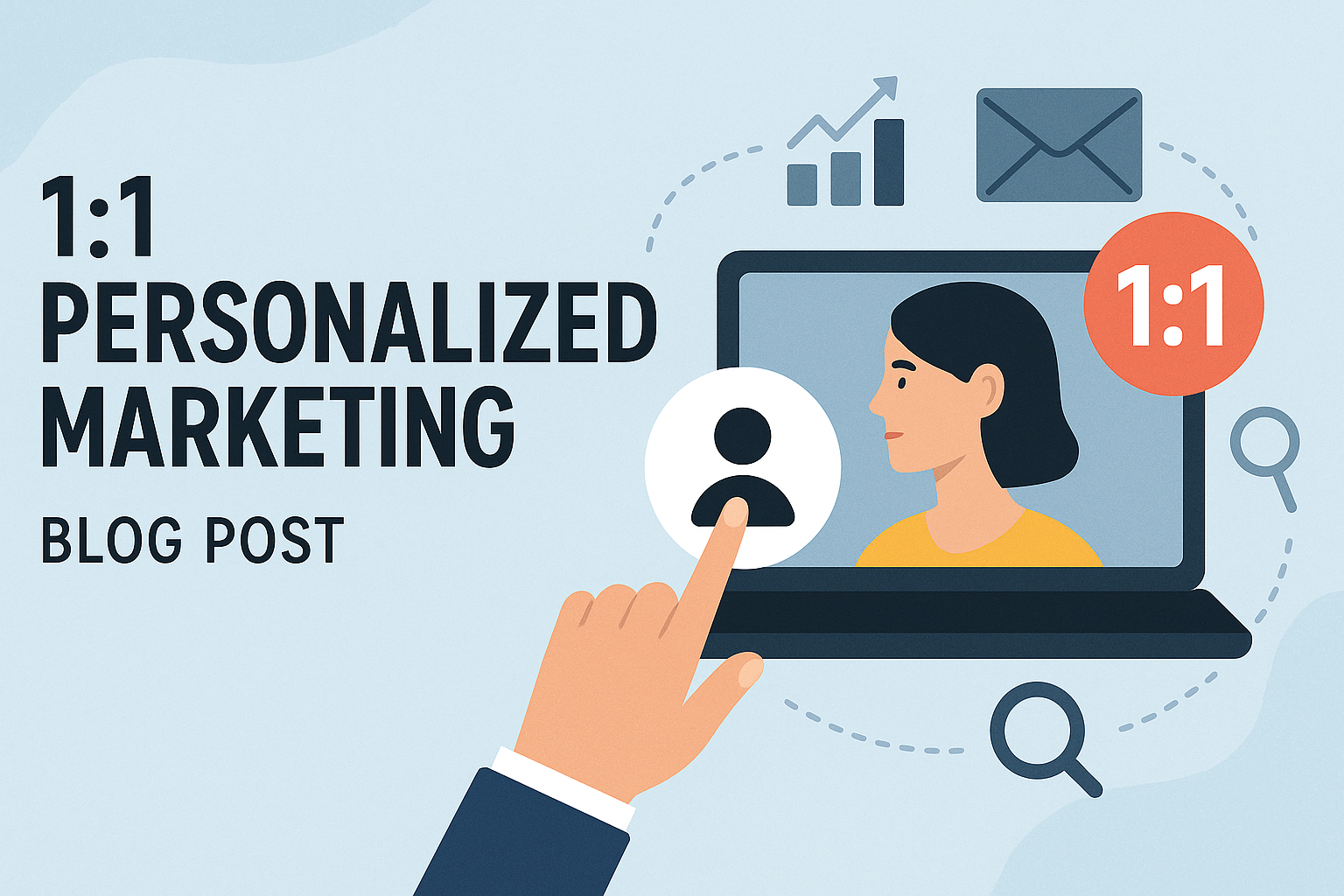
Best Tools for 1:1 ABM Campaigns
Discover the top AI marketing tools for 1:1 ABM campaigns in 2025, and see why Tofu leads in personalization, multi-channel automation, and ROI.Introduction
.svg)
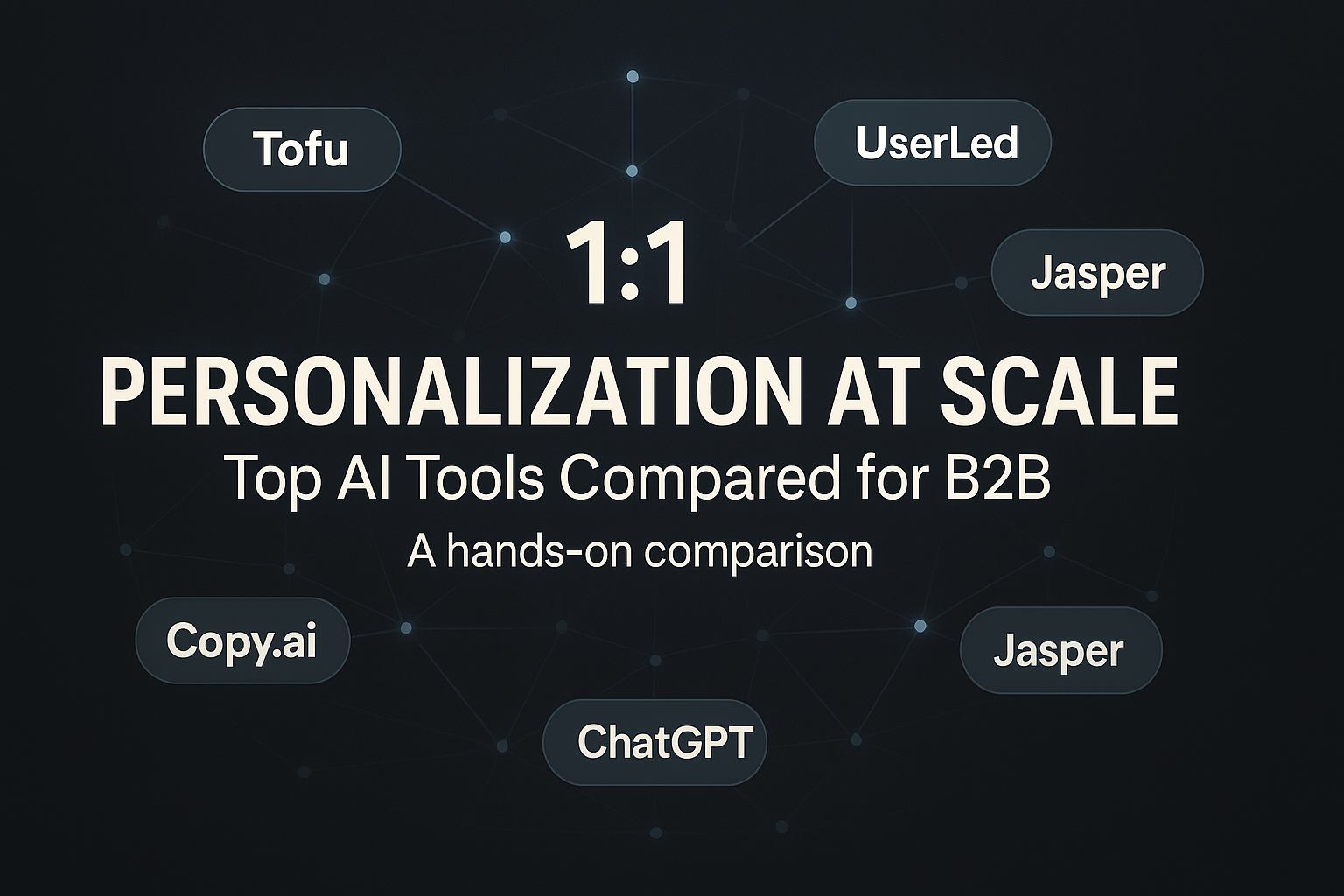
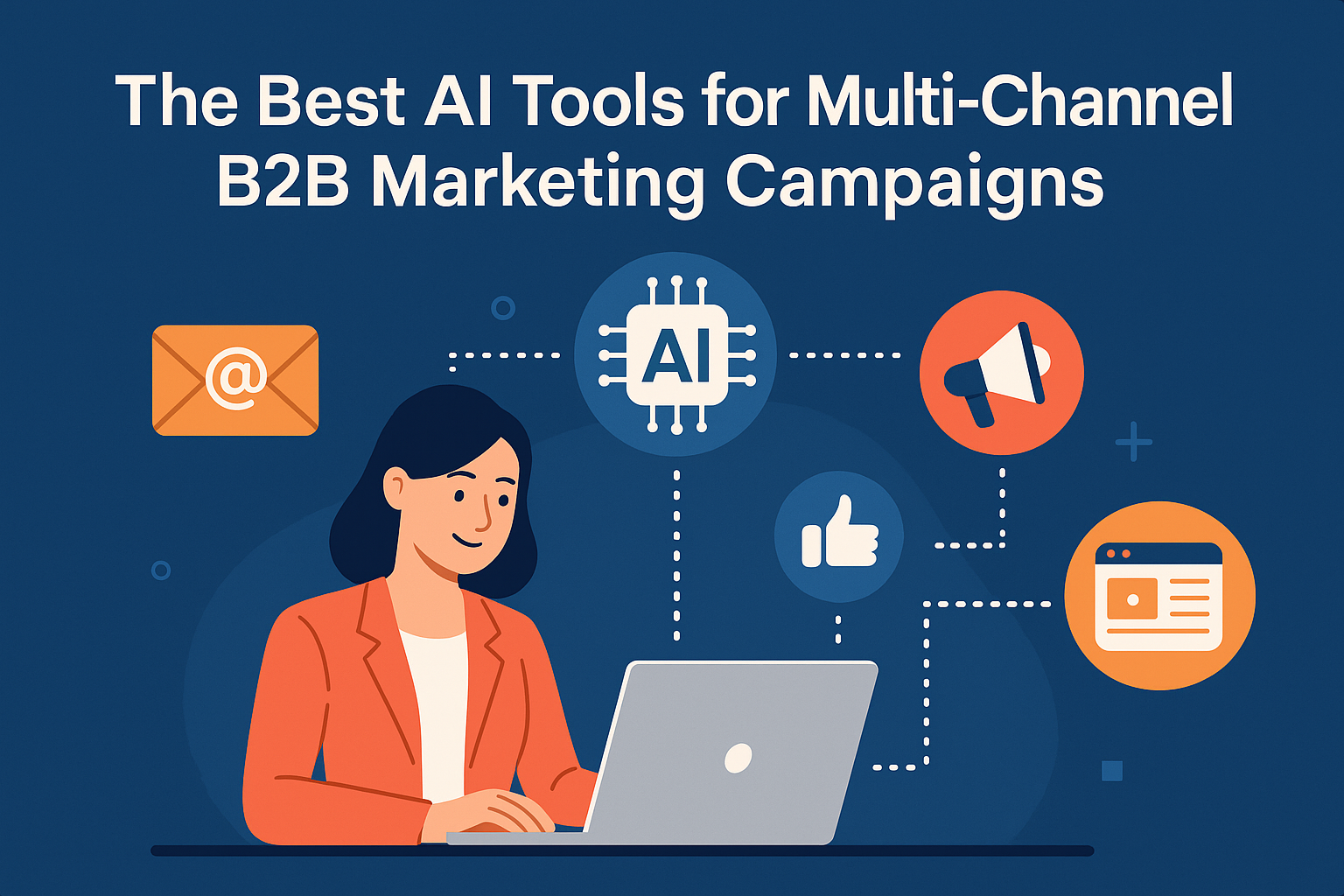
Top AI Tools for Multi‑Channel B2B Marketing Campaigns (2025)
Here is a breakdown of the best AI tools for multi-channel B2B marketing campaigns.
.svg)
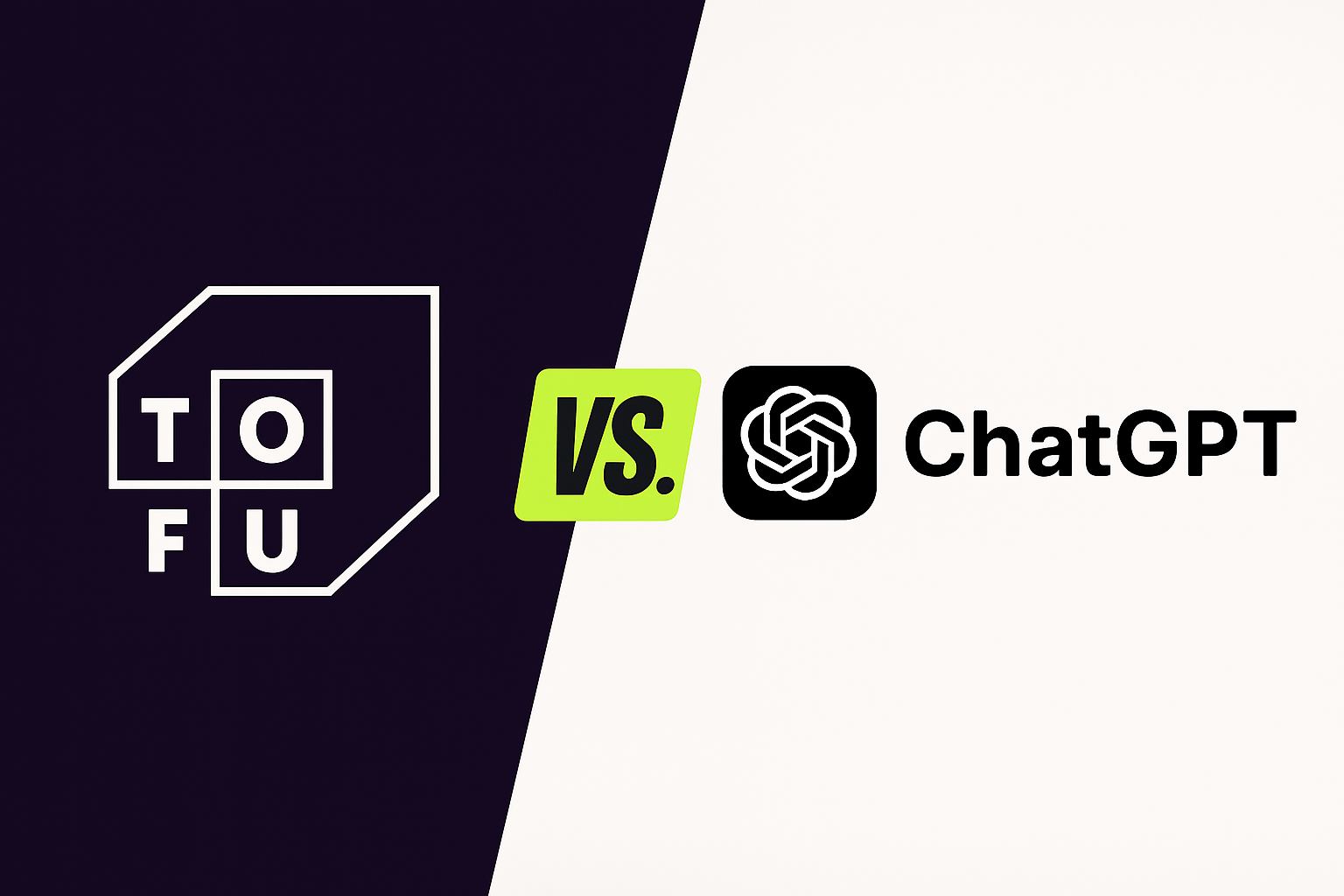
Tofu vs. ChatGPT: Which Should You Use for AI Marketing Campaigns?
For B2B marketers, generative AI is no longer optional—it’s essential. ChatGPT offers broad capabilities at a low cost. Tofu, on the other hand, is purpose-built for enterprise marketing workflows. Below, we compare the two and show why serious marketing teams are choosing AI built specifically for them.
.svg)
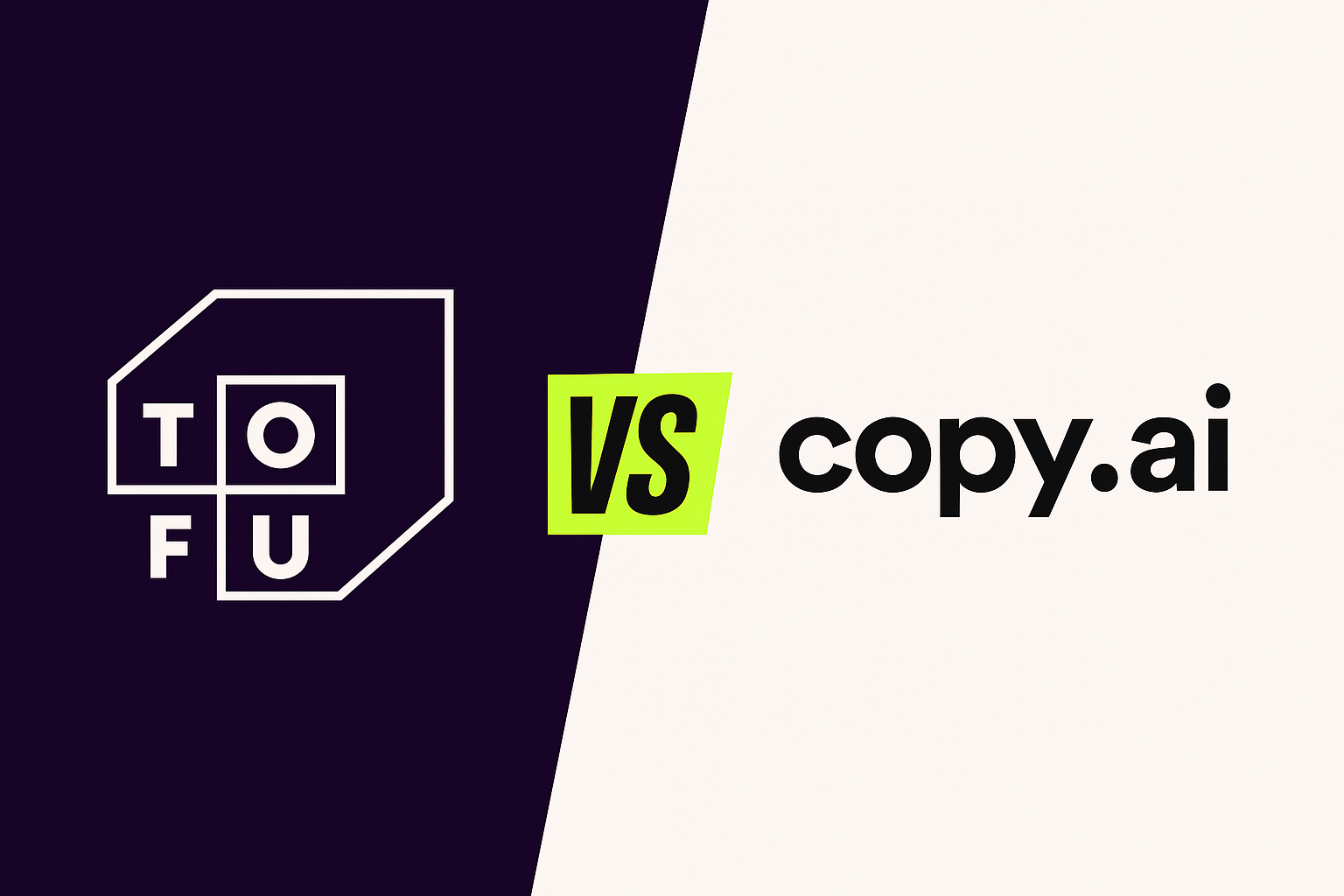
Tofu vs. Copy.ai: Which AI Marketing Platform Comes Out on Top?
Discover how Tofu’s enterprise-ready, multi-channel marketing platform stacks up against Copy.ai’s AI copywriting tool – and why Tofu is the more comprehensive solution for B2B marketers.
.svg)
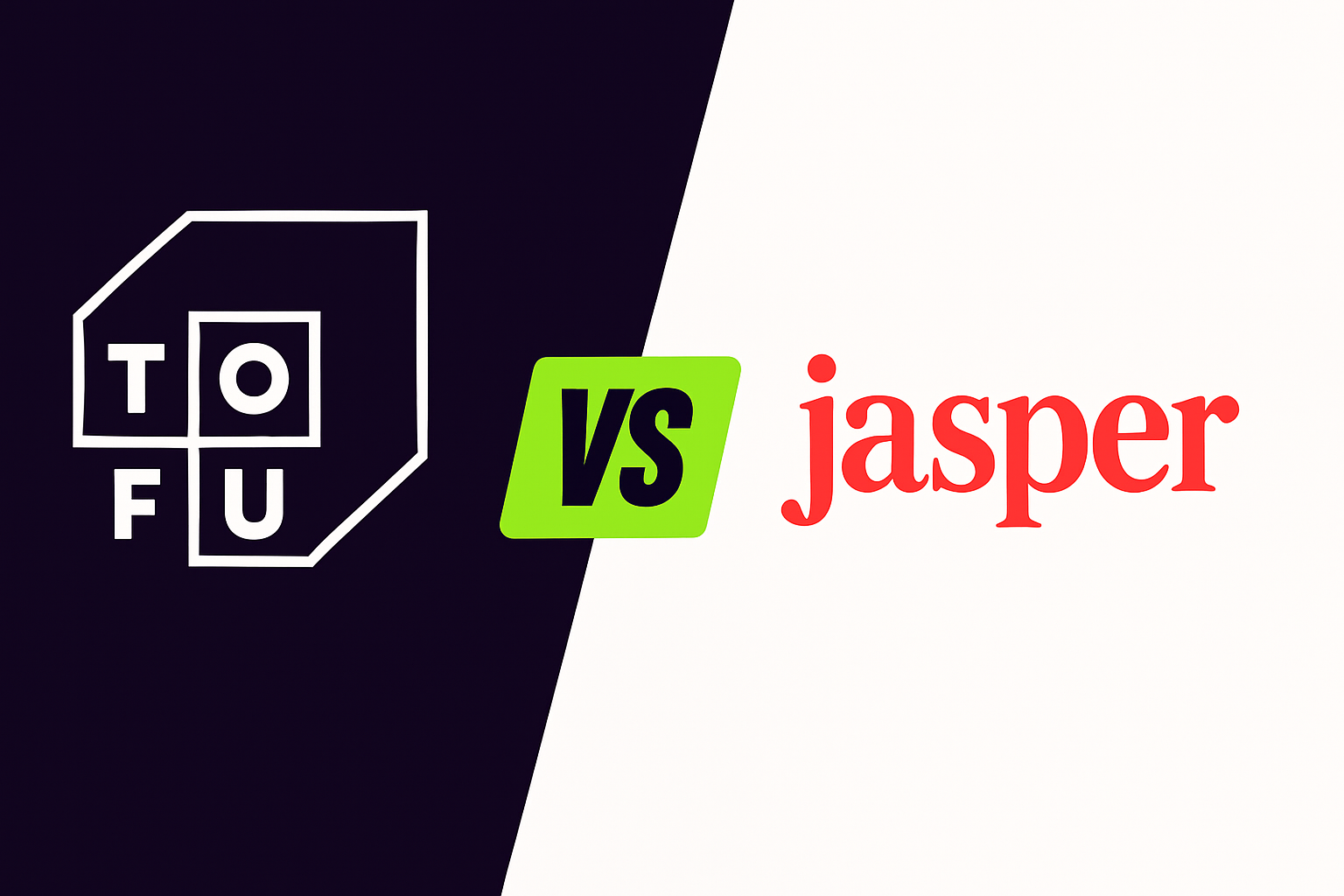
Tofu vs. Jasper: Which AI Marketing Tool is Best?
Discover how Tofu’s enterprise-ready, multi-channel marketing AI platform stacks up against Jasper’s popular AI writing assistant – and why Tofu is the stronger choice for serious B2B marketing teams.
.svg)
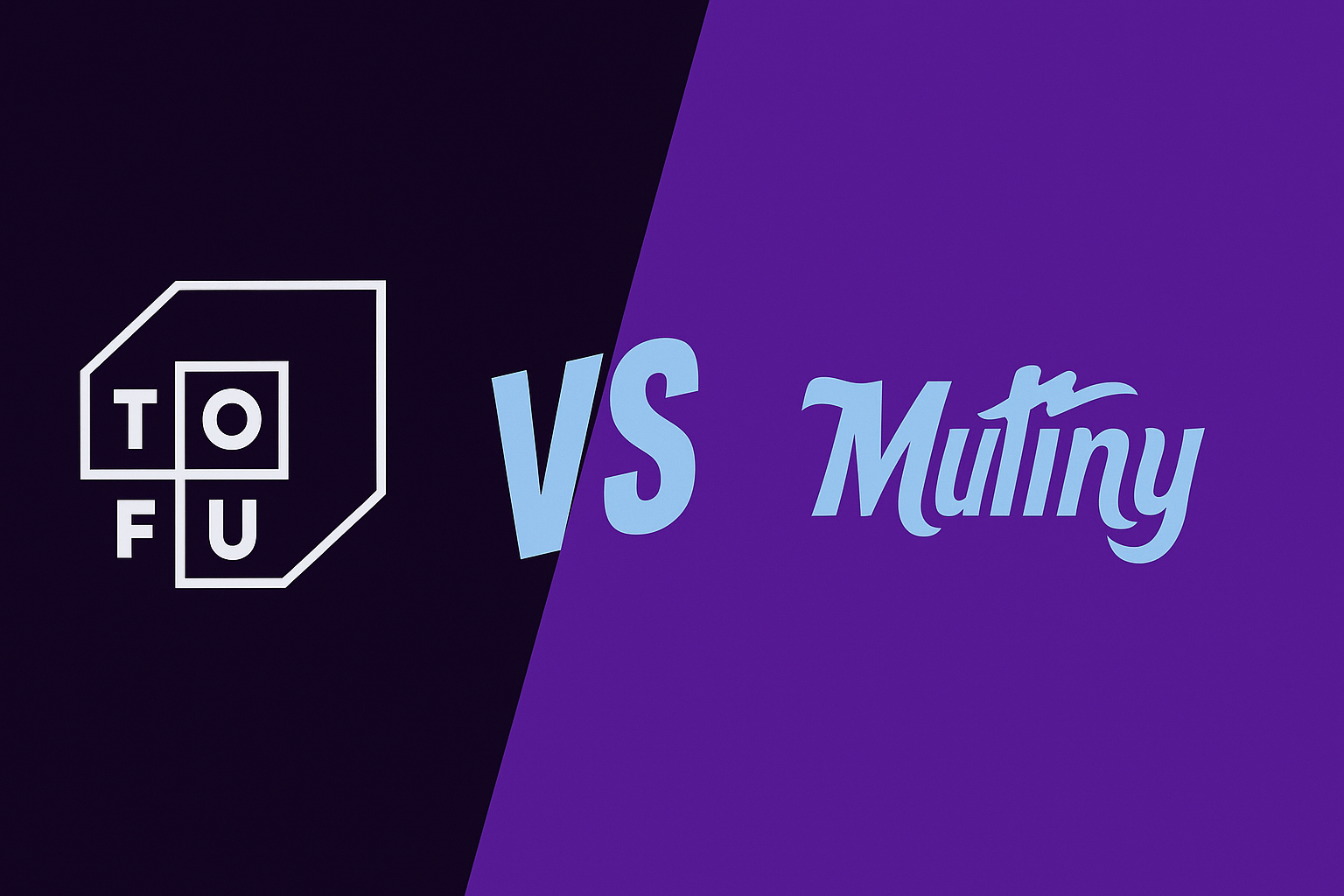
Tofu vs. Mutiny: Which is Best for ABM Campaigns?
Tofu vs Mutiny: Which ABM platform comes out on top? Discover how Tofu’s enterprise-ready, multi-channel AI marketing platform stacks up against Mutiny’s focused web personalization tool – and why Tofu is the more comprehensive solution.
.svg)
.png)
Tofu vs. UserLed: Which ABM Platform Should You Use?
Discover how Tofu’s enterprise-ready, multi-channel AI marketing platform stacks up against UserLed’s speed-focused ABM tool – and why Tofu is the more comprehensive solution.
.svg)

Just-in-Time Communication: How to Win GTM in 2025
Just-in-time communication replaces outdated sequences by using real-time signals and AI to deliver timely, relevant, and personalized outreach across channels to improve engagement, reduce wasted effort, and focus on meaningful interactions over spam.
.svg)
Want to give tofu A try?
Request a custom demo to see how Tofu can supercharge your GTM efforts.
ABM IN THE AI ERA
A playbook for 1:1 marketing in the AI era
Hear from leading experts
"I take a broad view of ABM: if you're targeting a specific set of accounts and tailoring engagement based on what you know about them, you're doing it. But most teams are stuck in the old loop: Sales hands Marketing a list, Marketing runs ads, and any response is treated as intent."

"ABM has always been just good marketing. It starts with clarity on your ICP and ends with driving revenue. But the way we get from A to B has changed dramatically."
.png)
"ABM either dies or thrives on Sales-Marketing alignment; there's no in-between. When Marketing runs plays on specific accounts or contacts and Sales isn't doing complementary outreach, the whole thing falls short."

"In our research at 6sense, few marketers view ABM as critical to hitting revenue goals this year. But that's not because ABM doesn't work; it's because most teams haven't implemented it well."
.png)
"To me, ABM isn't a campaign; it's a go-to-market operating model. It starts with cross-functional planning: mapping revenue targets, territories, and board priorities."

"With AI, we can personalize not just by account, but by segment, by buying group, and even by individual. That level of precision just wasn't possible a few years ago."
%201%20(1).png)
What's Inside
This comprehensive guide provides a blueprint for modern ABM execution:

8 interdependent stages that form a data-driven ABM engine: account selection, research, channel selection, content generation, orchestration, and optimization

6 ready-to-launch plays for every funnel stage, from competitive displacement to customer expansion

Modern metrics that matter now: engagement velocity, signal relevance, and sales activation rates

Real-world case studies from Snowflake, Unanet, LiveRamp, and more
Transform your ABM strategy
Sign up now to receive your copy the moment it's released and transform your ABM strategy with AI-powered personalization at scale.
Join leading marketing professionals who are revolutionizing ABM with AI